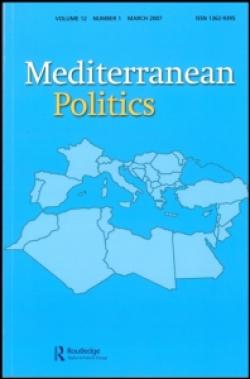Arab Spring: The Role of the Peripheries

The emerging literature on the so-called ‘Arab Spring’ has largely focused on the evolution of the uprisings in cities and power centres. In order to reach a more diversified and in-depth understanding of the ‘Arab Spring’, this article examines how peripheries have reacted and contributed to the historical dynamics at work in the Middle East and North Africa. It rejects the idea that the ‘Arab Spring’ is a unitary process and shows that it consists of diverse ‘springs’ which differed in terms of opportunity structure, the strategies of a variety of actors and the outcomes. Looking at geographical, religious, gender and ethnic peripheries, it shows that the seeds for changing the face of politics and polities are within the peripheries themselves.
Successivamente pubblicato in: Daniela Huber and Lorenzo Kamel (eds.), Arab Spring and Peripheries. A Decentring Research Agenda, London and New York, Routledge, 2016, 160 p. (Routledge Studies in Mediterranean Politics), ISBN 978-1-138-99966-4
-
Dati bibliografici
in Mediterranean Politics, Vol. 20, No. 2 (July 2015), p. 127-141 -
ISBN/ISSN/DOI:
10.1080/13629395.2015.1033905
Tema
Tag
Contenuti collegati
-
Pubblicazione10/05/2016
Arab Spring and Peripheries
leggi tutto -
Pubblicazione01/07/2015
Arab Spring: A Decentring Research Agenda
leggi tutto



